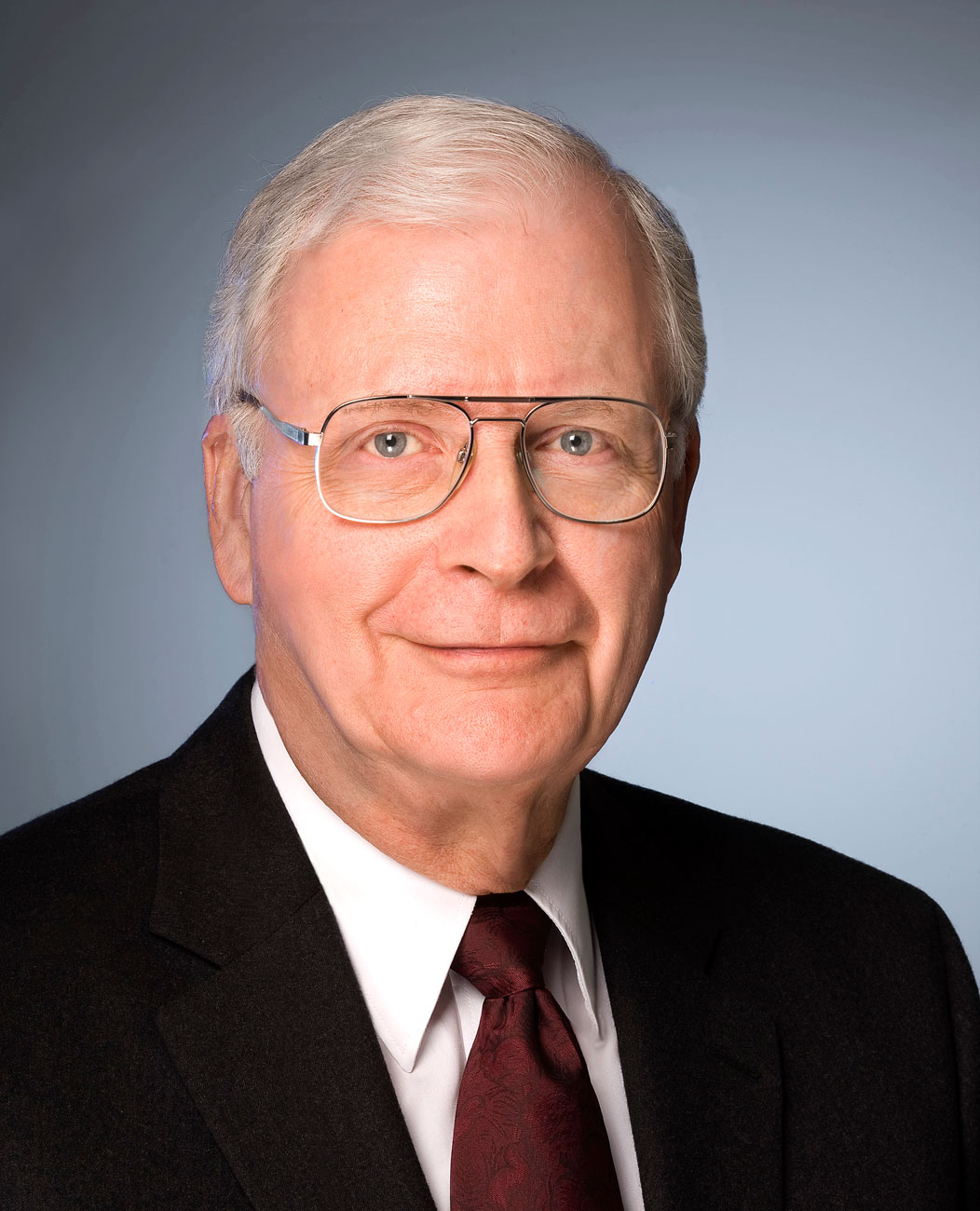Bill Keck, MD, MPH, Chair, Academic Health Department Learning Community; Chair, Council on Linkages Between Academia and Public Health Practice; Professor Emeritus, Department of Family and Community Medicine, Northeast Ohio Medical University

Engagement is key to the success of partnerships, and
academic health department (AHD) partnerships – formal partnerships between health departments and academic institutions – are no exception. How can we go about increasing faculty and staff engagement to ensure these partnerships meet their goals and improve community health? This eighth column in the
Ask the AHD Expert series considers ways to enhance engagement within an AHD partnership.
Question: What are your thoughts on or experiences with getting more academic faculty engagement in local public health department collaborations? More specifically, I am especially interested in two ideas: 1) faculty fellowships within a state or local health department, and 2) more routinely inviting local public health leadership to sit on faculty search committees.
Answer:
Faculty and staff engagement is such a vital part of developing a thriving partnership, and as you’ve suggested, there are numerous opportunities for developing and strengthening that engagement.
One of the strongest ways to ensure engagement may be to develop an arrangement where the organizations involved in the partnership share personnel. Having one or more people who are jointly employed by the organizations and who spend time in each organization is a very tangible way of tying the organizations together and visibly demonstrates that the organizations are committed to working together. The organizations have arranged their processes and practices to enable this and have put their money where their mouth is in terms of partnership and collaboration. Obviously, such arrangements can be complex and will require thinking through what you’d like to accomplish by partnering, what needs to happen to make that relationship work and how that can be achieved, and each organization’s roles and responsibilities, among other things. The desire to collaborate should be built into how the organizations involved operate, effort will be required on the part of all partners to make the collaboration work, and all partners should benefit from the collaboration.
The idea of faculty fellowships within state or local health departments is an interesting one and not one that we’ve yet heard much about. If there are people reading this who have fellowship programs set up, we’d certainly like to learn more! As you think through this idea, it may be beneficial to start by articulating the purpose of the fellowship. Would the fellowship serve to introduce people to the health department as a possible path into employment at the health department? Would it be a means of training junior faculty or enhancing faculty members’ practice experience? Supplementing the health department’s capacity and expertise in specific areas? Other goals?
Once you have identified and come to agreement on the reasons you might create a fellowship program, you may wish to think about whether a fellowship is the best way to achieve those goals – or even if not the ideal way, perhaps the most feasible way in the given circumstances. Would a fellowship program provide a strong enough connection to sustain the level of collaboration you are seeking between the organizations? How would such a program be funded? Who would be involved and oversee the program? How would the program be structured? Would fellows rotate through different positions in the health department or undertake specific projects? How would this program relate to any student internships that work on projects within the health department? The answers to these and other operational questions will likely be different depending on the purpose of the program. For example, if a fellowship is established to train junior faculty, you may want to be sure that you have senior faculty or staff from both settings involved to ensure that the junior faculty members’ experience is balanced and positive. A fellowship program may be more feasible for larger organizations and ones that have a solid connection and administrative relationship already. In any event, you will help support the sustainability of the fellowship program – and the connections between the organizations – by demonstrating that it works and having a structure in place to ensure continuity.
In terms of having local public health leadership participate in faculty search committees, having shared staff would provide a pool of public health practitioners who are engaged with the academic institution and may be a natural fit for search committees. Outside of that, while it can be easy enough to invite a practitioner to participate in a committee, to do so in a meaningful way requires more effort. You’ll want to be sure that the practice community has a voice in that hiring process. Make sure practitioners’ schedules are accommodated when planning committee meetings. Engage more than one practitioner in your committee. Make it clear that their views will influence the process, and think through the power dynamics of the committee to ensure that that is the case.
Having a practitioner participate in the hiring process for faculty can be of great benefit to the academic institution, and of course, the same is true for the health department – there can be great value in engaging someone from an academic partner institution in hiring for the health department. In addition to enhancing the partnership directly, this can be a signal to anyone looking for a job in this type of collaborative environment that the organizations are truly committed to working together.
Both of these possible steps of enhancing engagement can help build collaboration among organizations and lead to stronger partnerships. What steps have you tried? Have you developed a fellowship program for your own partnership? What benefits are you seeing? What helps make that work? Share your experiences and ideas with us and others using the Comments section below, by connecting with the
AHD Learning Community, or by emailing Kathleen Amos at
[email protected].